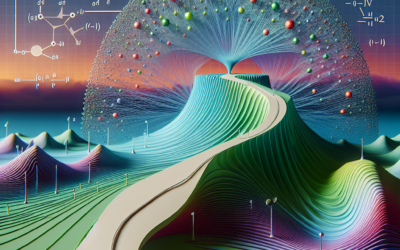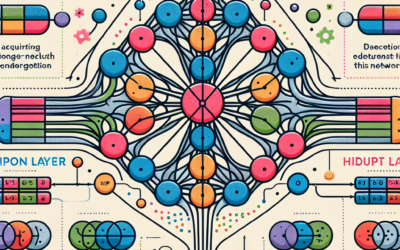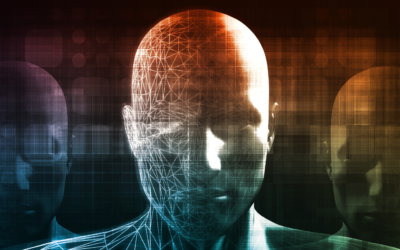Some of My Deep Learning PoC's - Projects and Articles
Gradient Descent Optimization: The Key to Training Neural Networks
In the realm of machine learning and artificial intelligence, training neural networks effectively is crucial for achieving high performance in various applications, from image recognition to natural language processing. At the heart of this training process lies a...
Introduction to Neural Networks and How They Work
Neural networks are a cornerstone of modern artificial intelligence (AI) and machine learning (ML). They are designed to simulate the way the human brain operates, allowing computers to learn from data and make decisions. This article will explore the fundamentals of...
The Crespin Approach: Rethinking Machine Learning and Deep Learning Without Backpropagation
In the fast-paced world of artificial intelligence, machine learning and deep learning have become the cornerstones of technological advancement. These fields rely heavily on backpropagation, a method used to optimize neural networks by minimizing error through...
Mastering Image Classification: A Deep Dive into TensorFlow and PyTorch by Ignacio Moreno
In this post, I explore the powerful machine learning frameworks TensorFlow and PyTorch, comparing their capabilities through an image classification project. TensorFlow’s robust ecosystem makes it ideal for production environments, while PyTorch’s flexibility and ease of use are perfect for research and rapid prototyping. By understanding the strengths of each, you can choose the right tool to drive innovation and solve complex problems in your industry.
Understanding Deep Learning
Deep learning is transforming industries by solving complex problems with advanced algorithms.
- Healthcare: Diagnosing diseases from medical images and predicting patient outcomes.
- Finance: Detecting fraud in real-time and enhancing credit scoring.
- Automotive: Enabling autonomous driving and improving driver-assistance systems.
- Retail: Providing personalized recommendations, optimizing inventory, and forecasting demand.
- Entertainment: Enhancing content creation, improving recommendation algorithms, and powering virtual assistants.
- Manufacturing: Optimizing predictive maintenance, quality control, and robotics.
- Education: Personalizing learning experiences and automating grading systems.
- Energy: Optimizing resource management and predicting equipment failures.
- Logistics: Improving route planning and automating warehouse operations.
- Agriculture: Enhancing crop monitoring and automating harvesting processes.

Deep learning is a subset of machine learning that uses neural networks with many layers to analyze various types of data. It has revolutionized fields such as computer vision, natural language processing, and autonomous systems.
By mimicking the human brain’s structure and function, deep learning models can achieve unprecedented accuracy in tasks like image and speech recognition, making it a cornerstone of modern AI advancements.
Impact of Deep Learning
100
Global AI Market Size: $327.5 billion by 2026
100
Annual Growth Rate: 39.7% CAGR
100
Deep Learning in Healthcare: $6.6 billion by 2025
100
Autonomous Vehicles: $556.67 billion by 2026
100
AI in Retail: $23.32 billion by 2027
100
Deep Learning Patents: 60,000+ filed in 2020
Deep Learning FAQs
What is deep learning?
Deep learning is a subset of machine learning that uses neural networks with many layers (deep networks) to analyze various types of data. It mimics the human brain’s ability to learn from experience and is particularly effective in tasks like image and speech recognition.
How does deep learning differ from traditional machine learning?
Traditional machine learning relies on algorithms to parse data, learn from it, and make informed decisions. Deep learning, on the other hand, uses neural networks with multiple layers to automatically discover representations from raw data, requiring less human intervention for feature extraction.
What are neural networks?
Neural networks are computational models inspired by the human brain, consisting of interconnected nodes (neurons) that process data in layers. They are the foundation of deep learning, enabling machines to recognize patterns and make decisions based on complex data inputs.
What are some common applications of deep learning?
Common applications of deep learning include image and speech recognition, natural language processing (NLP), autonomous driving, medical diagnosis, and predictive analytics in various industries such as finance, healthcare, and retail.
What are the challenges of deep learning?
Challenges of deep learning include the need for large datasets, high computational power, and the complexity of tuning hyperparameters. Additionally, deep learning models can be difficult to interpret, making it challenging to understand how they arrive at specific decisions.




